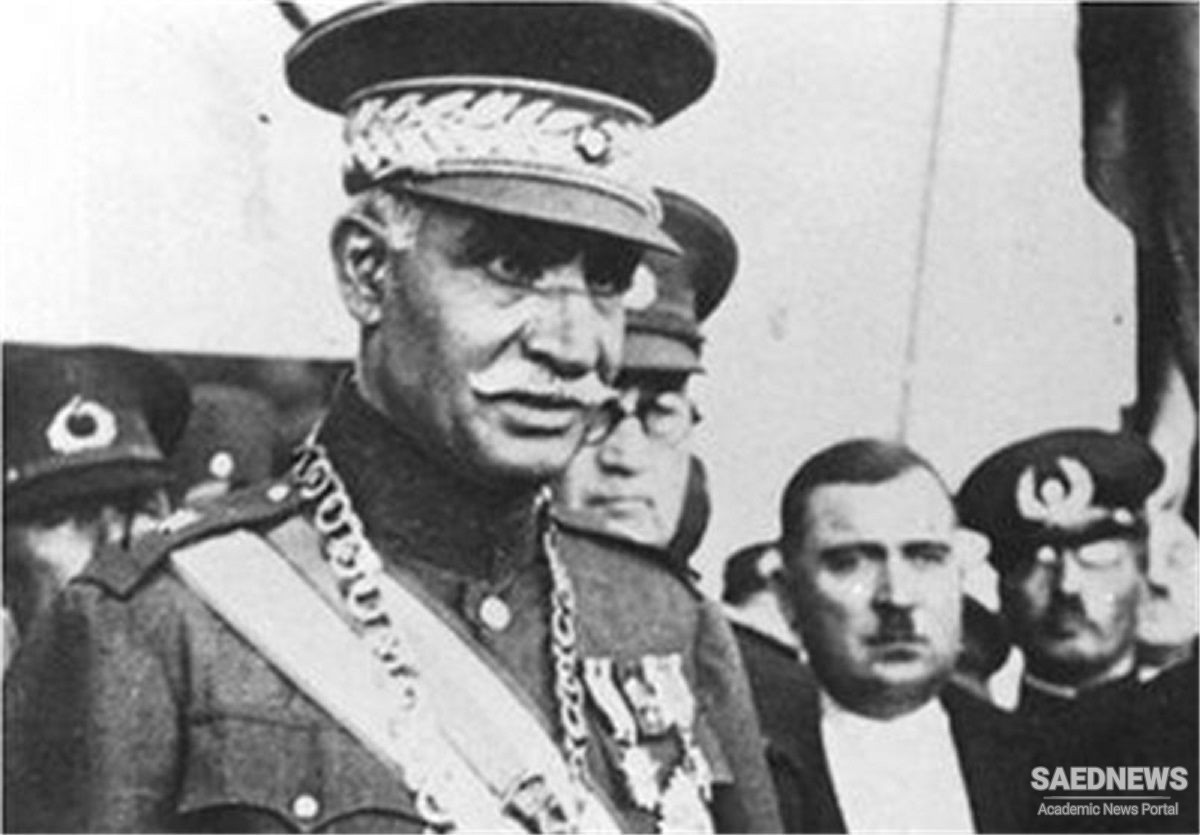These early episodes of heightened tensions cannot be regarded as attempts by either side to redraw fundamentally the roles each played in society. During the Safavid period conflicts emerged over property and the boundaries of their respective powers. These tensions intensified in the latter period of Qajar rule given the increase in debates over how to respond to the challenge of the West. Clerical and lay figures with vested economic and political interests felt threatened by possible reforms while claiming that Westernization, and in particular educational and cultural reforms, would mark the end of Shi’i authenticity and identity.
Naser al-Din Shah (r.1848–96), no great reformer, faced the spread of British and Russian influence while lacking a coherent vision of change. Leading clerics accused him of neglecting his primary responsibility – the protection of the country’s cultural and geopolitical borders. These feelings increased during the reign of his successor, Muzaffar al-Din Shah (r.1896–1906), who died several days after signing the decree accepting a constitution, as he faced a growing revolt. The Qajar state responded to these accusations, implicitly arguing that the clergy, who, in refusing to support reform, and particularly cultural and administrative transformations in the spheres of education and the judiciary in which the clergy were dominant, had contributed to making Iran vulnerable to the West. Ultimately, "the most prominent reason for the paucity of educational and judicial reforms in the Nasiri era and the resistance to new aspects of Europe’s material culture was the Shah’s realistic apprehension of intruding into the ùlama’s (clergy’s) sphere … the Shah [Naser al-Din] conspicuously avoided confrontation with the ulama on issues of great sensitivity."
Consequently, the state found itself economically and militarily weak and increasingly short of income. Attempts to raise funds by granting trade and monopoly concessions to foreigners and obtaining foreign loans only increased the dependence of the crumbling empire on Western powers, including Russia, that provoked additional clerical and lay outrage. The clash between the state and the clergy reached new heights in 1891–2. Naser al-Din Shah, having signed a major tobacco concession with a Briton that brought badly needed income, was frustrated with clerical-led opposition: ‘Really the mentality of these clerics and the “people” is shocking. They are in such a state of ignorance. They do not understand the contemporary world and situation. They live in the past. Every period has its own exigencies and conditions. It is not possible today to act as in the past’. The role of clerics in what became known as the Tobacco Rebellion, and the subsequent government climb down, infuriated him.
Still that ignorant clergy of Karbala and Najaf who had come to Tehran and forced poor Fath Ali Shah to wage war on Russia are still around. And now everything from which Iran suffers at the present is the result of these clerical admonitions and exhortations. Today a repeat [of clerical intervention in politics] is not needed at all. At the same time, educated elite opinion whose numbers, although slowly growing, remained very small and concentrated in a couple of urban areas among a population that was overwhelmingly rural, tribal and illiterate, blamed the shah’s autocracy and the clergy, both which feared the consequences of reforms for their power and interests, for the country’s decline. The 1906 Constitution, by placing limits on that power and putting a theoretical end to autocracy, had given many the hope that it would be able to create a strong centralized government that would be able to implement needed reforms. However, in the face of clerical and lay opposition and Russian and British intervention, these hopes were dashed.
Reza Shah shared Naser al-Din’s opinion about the clergy – an opinion that in the closing decades of Qajar rule was becoming dominant in intellectual and political circles. Nonetheless, during his years as prime minister (1921–25) and the initial two years of his reign as monarch, he maintained a stable relationship with top clerical figures.10 He understood that he needed clerical support in his struggles with Ahmad Shah and for the establishment of the Pahlavi dynasty, once he abandoned the idea of establishing a republic. Concomitantly, leading clerics were willing to support him out of fear that otherwise he might establish a secular republic, similar to the one founded by Ataturk in Turkey under which the clergy would lose its sociopolitical and economic positions. His seeming willingness to listen to them and intention to resist Western imperialism also played in his favour, as did his pilgrimage to Karbala and Najaf in December 1924.


 Reza Khan: Modernization or Westernization?
Reza Khan: Modernization or Westernization?














































